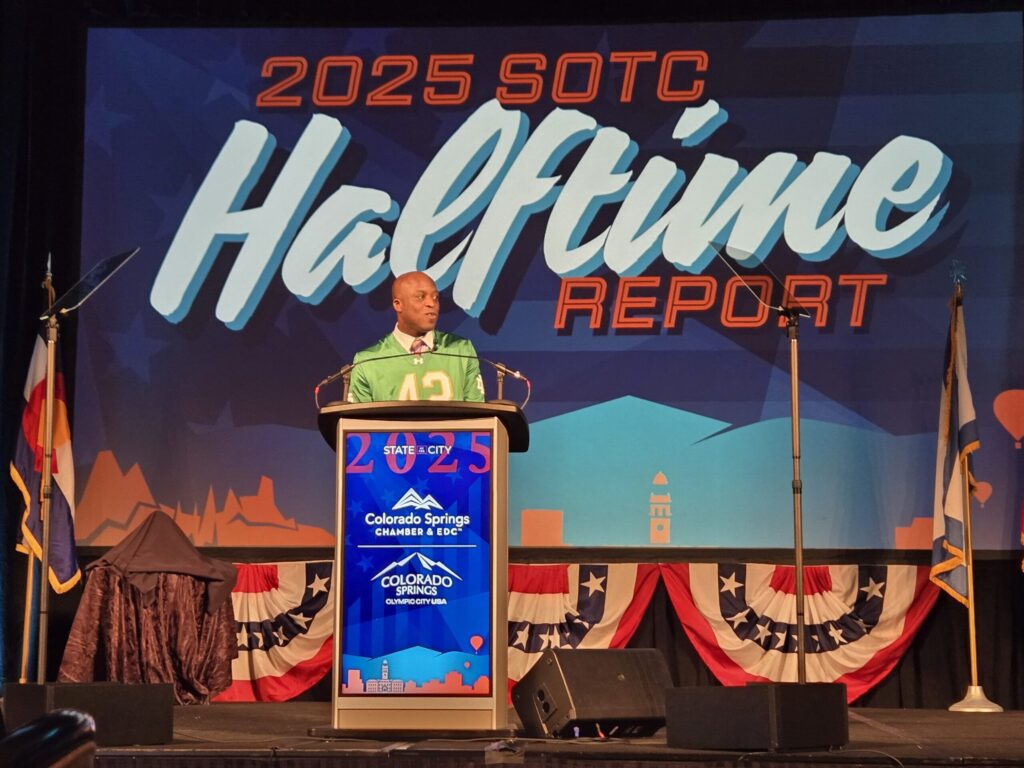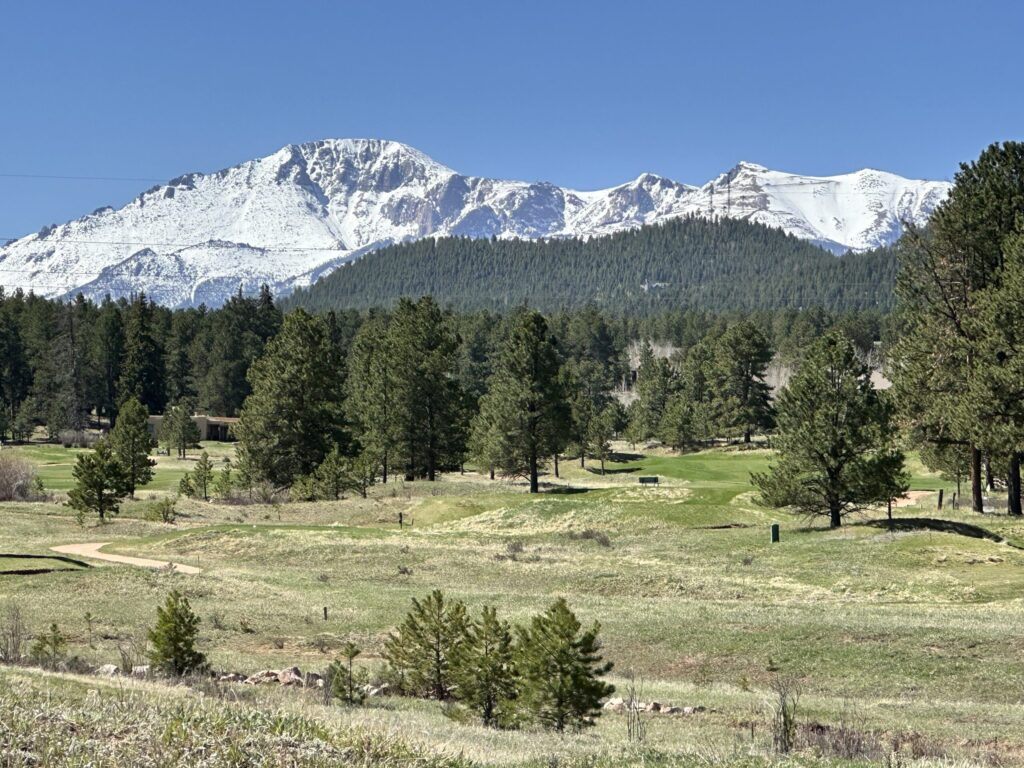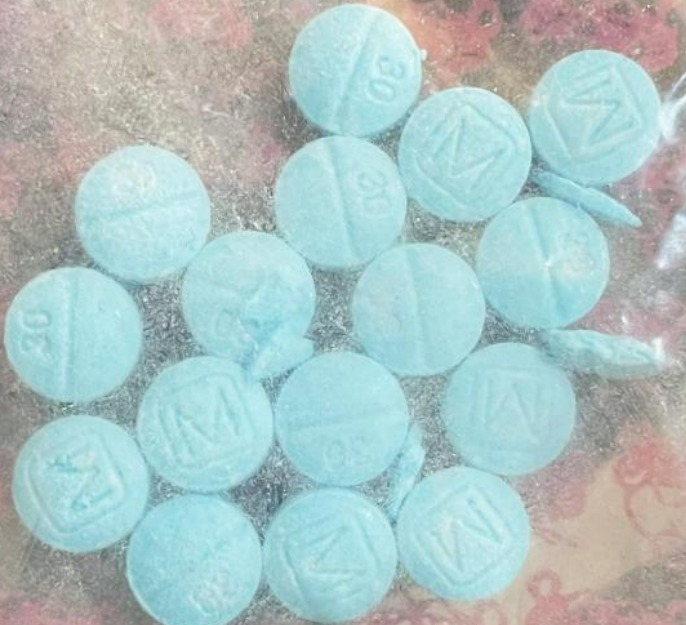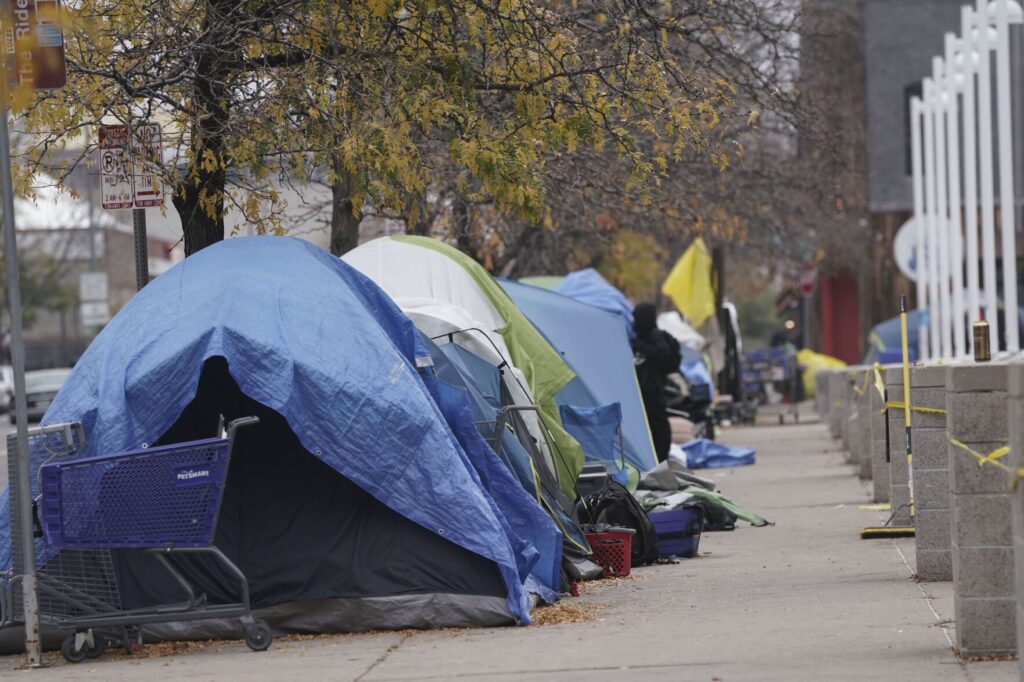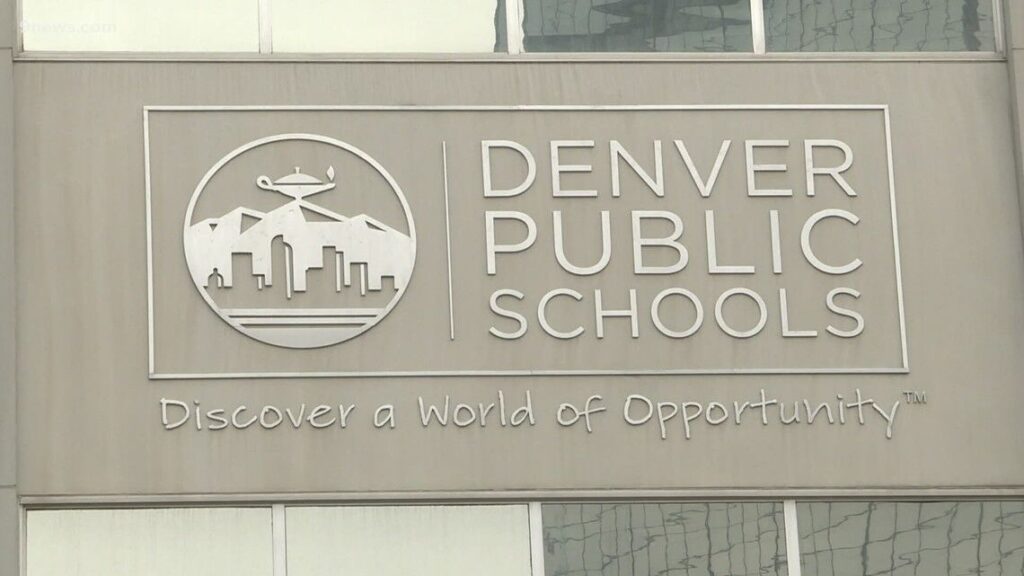‘We need some TLC’: Southeast Colorado Springs first in line for new community growth plan
Historically, southeast Colorado Springs has lagged behind the booms and growth in the rest of the city. But southeast neighborhoods are leading the way in one city program to create a series of targeted community developments plans.
The Southeast Strong Community Plan was released by the city last week. The drafted plan sets goals to support business growth, community hubs, public health improvements and the cultural diversity of the neighborhood.
The community plan has been in the works for nearly four years with a committee of city staff, businesses, nonprofit leaders and other representatives of the neighborhood. The people behind the plan say it’s meant to shape where public funds and private investments should be focused.
“Whether there was disinvestment in the past or not, from the point of this plan, we could see the city really reaching in and going deeper,” said RISE Southeast Executive Director Joyce Salazar.

Honoree Joyce Salazar of the Panorama Park RISE program.
The plan covers the six neighborhoods south of Fountain Boulevard in District 4: Pikes Peak Park North and South, Deerfield Hills, Soaring Eagles, Southborough and Spring Creek.
Community-driven coffee shop opens in southeast Colorado Springs
District 4 City Councilmember Yolanda Avila led the steering committee for the plan. Avila said when she ran for office in 2017, a lot of southeast residents were skeptical the city would invest in the area. Some were still unhappy with the Martin Luther King Jr. bypass from the early 1990s, which split the area in half and may have driven stores near the road to close.
“We want to make sure that type of infrastructure doesn’t happen again, where it’s built to go over Southeast. We want it to be deliberate, so it doesn’t take away but enhances the community hubs in the area,” Avila said.
Whether being the first in line makes her neighborhood a trailblazer or a guinea pig, Avila was excited that residents would get a say in the final version of the plan.
“The Southeast is really an integral part of the entire city, but we need to be cared for. We need some TLC and to be acknowledged,” Avila said.
The neighborhood planning program dates back to 2019, when Colorado Springs finished its comprehensive plan for citywide development. One of the goals that came out of the comprehensive plan was to drill down into the groups of neighborhoods to create tailored plans for different areas. The Planning Department split the city into 12 neighborhoods, two in each of the council districts, and determined the order to address them in 2020.
Kevin Walker, interim planning director for Colorado Springs, said there were a few reasons the Southeast was picked to go first. The district did not have a strong community plan already in place. It had diverse communities and well-reported health disparities compared to the rest of the city. Of the two halves of District 4, the southernmost reported higher community interest in development and had gone through more controversial projects around 2020.
“That area has felt they were unrepresented or underserved. There’s some recognition of that and at the time, there was a lot of new development occurring in a lot of other places in town,” Walker said.
Some strategies in the plan highlight specific groups the city aims to partner with, such as cultural events at the Colorado Springs Pioneers Museum or job trainings at Harrison School District 2. Other areas set broad goals to build affordable housing and create manufacturing jobs.
Walker said the plan was intended to benefit private improvement efforts as much or more than city projects. Businesses and nonprofits can cite how their work would benefit the plan’s goals when applying for grants and asking for buy-in from the city and community.
“It is not a capital improvement plan. It’s an ideas plan for everyone who is going to or might start to invest in that neighborhood,” Walker said.
When the initial work on the neighborhood plan started in 2021, RISE Southeast was a health initiative of El Paso County Public Health halfway through its seven-year funding commitment. RISE is now in its first year operating as a standalone nonprofit with the same focus on building a healthy and thriving community, according to Salazar.
Salazar said it was important the plan built on previous city assessments of the area’s health disparities. The community plan points out that the entire neighborhood only includes two full-service grocery stores, both along South Academy, and outlines potential partnerships to address the food insecurity and other health concerns for the area.
“It is novel for the city to take a health perspective. We have talked about the health expectancy rates of greater Colorado Springs versus the census tracts here, so starting to look at those things is really important,” Salazar said.
Salazar pointed to Panorama Park as the type of major development that aligns with the community plan. Colorado Springs completed the $8.5 million park reconstruction in 2022 while the community plan was being finalized. The community involvement in the park renovation ranged from early conversations about the park’s needs to having local artists decorate the murals outside the bathroom.
Walker said the city was translating the 60-page community plan into Spanish, which would hopefully be available by the end of October. The plan is currently collecting feedback online through a public survey through Nov. 3. The city and RISE are hosting a public feedback session Oct. 23 at Stompin’ Groundz, the coffee shop and community center that opened earlier this year.
“One of the keys of neighborhood planning is to listen to the residents, the people who live there and work there and invest there, about what needs to be done,” Walker said.
Stompin’ Groundz hosted a different community event Thursday afternoon focused on the 2024 election and the levy override measure in Harrison School District 2.
Brothers Charles and Chauncy Johnson had not read the community plan but cared a lot about the character of the Southeast neighborhood. Charles said the area needed to be more walkable and offer easier access to public transit. Both said the neighborhood needed to support small businesses from diverse owners, including Stompin’ Groundz, but should also bring in major attractions like Ford Amphitheater or Topgolf.
“We need things to come out of your way to do in the community,” Chauncy Johnson said.
“Sometimes I do worry we’re not thinking outside the box. We are growing so fast and there are so many gems in the Southeast.”
After going through the public comments on the draft, Walker said the plan will go to the Planning Commission for approval early next year and would seek approval by the City Council in the spring. Going forward, the city’s goal is to check in once a year on what progress has been made on the plan and potentially write major updates every three to five years.
Next on the community plan list is the Greater Westside, the nine neighborhoods in District 3 south and west of I-25. The Westside held a handful of steering board meetings and community events early on but the city website lists no activity since 2023. Walker said he was optimistic the next few community plans would be faster to put together.


